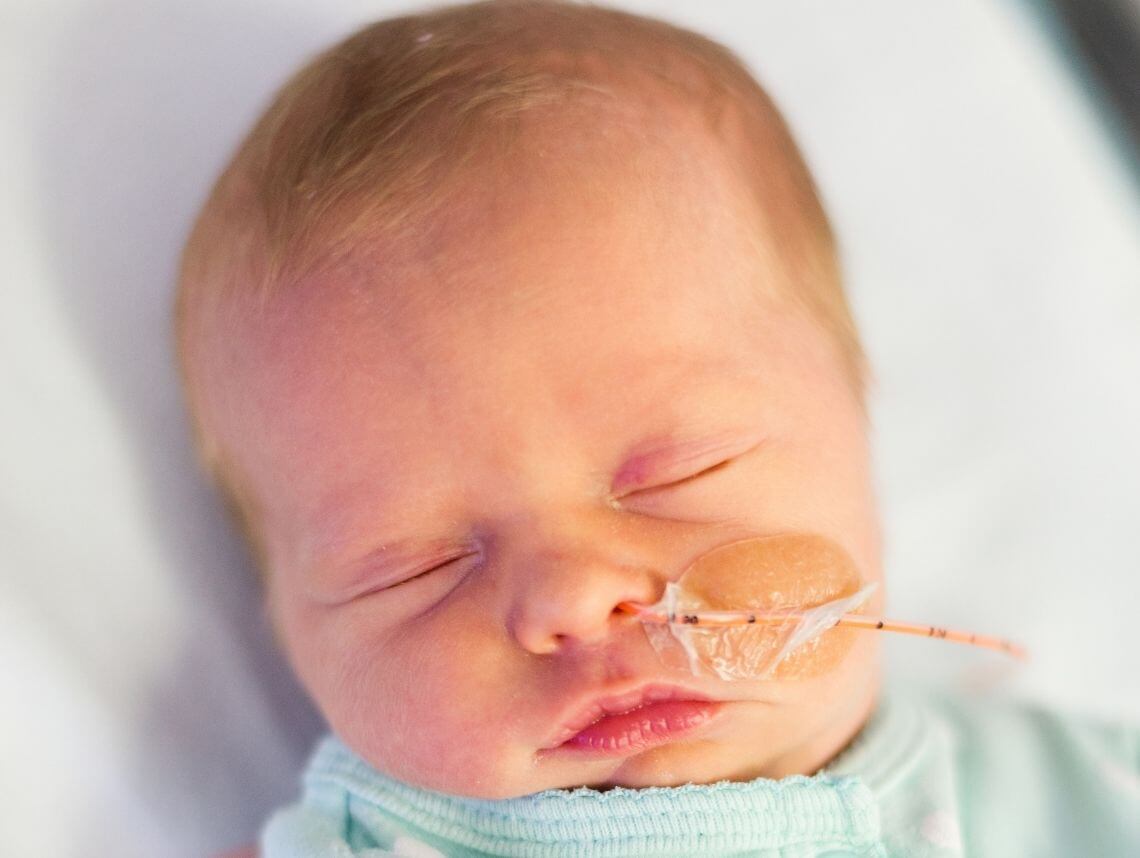In medical terminology, PN stands for parenteral nutrition. This is when nutritional needs are delivered intravenously to patients who are unable to meet their dietary needs through regular digestion.
Many conditions and serious injuries can disrupt the body’s ability to adequately absorb calories and essential nutrients through normal digestion. This can include certain types of cancer and cancer treatment, bowel obstructions, and short bowel syndrome. In these cases, serious malnourishment can be harmful to health or even life-threatening.
PPN vs TPN
There are two primary types of PN, peripheral parenteral nutrition (PPN) and total parenteral nutrition (TPN). Any method of parenteral nutrition will involve inserting an IV line and delivering nutrition through a specially developed formula that helps to deliver calories and nutrients. Both total and peripheral parenteral nutrition can be administered in a home or hospital setting, with home PN requiring specialized training and equipment.
As the names imply, PPN is generally used for patients who need supplementary nutrition, while TPN is for patients who require all of their dietary needs replaced.
To better understand PPN versus TPN, it’s helpful to learn more about the specifics of parenteral nutrition and these two methods, as well as the situations where they are used. We’re providing the following guide to help you become more educated and engaged around this critical aspect of care.
What is the difference between TPN and PPN?
The primary difference between PPN and TPN is usually in the ingredients of the formula and the duration of treatment. PPN will usually involve a more diluted formula with fewer calories and is only recommended for a short-term duration. In contrast, TPN is for long-term or even permanent duration, and will therefore use a denser, higher calorie formulation.
These differences usually involve different methods of administration.
Key features of PPN include:
- Administration through a peripheral catheter that requires a lower osmolarity
- Nutritional supplementation will have a lower calorie density due to the need for administration through smaller veins
- Requires nutritional needs from other sources, such as a feeding tube
- Commonly uses a three-in-one, total nutrient formulation with amino acids, dextrose, and intravenous lipid emulsion
- Can be transitioned into TPN if a longer duration is needed
Key features of TPN include:
- Usually administered through a central venous catheter, or CVC, such as a peripherally inserted central catheter (PICC) or a tunneled CVC
- An implanted port, also called port-a-cath or medi-ports, is the most permanent solution and can be used for long periods of time without replacement
- Higher calorie nutritional solution contains all necessary protein, carbohydrates, fats, minerals, electrolytes, and other trace nutrients normally obtained through food
Both TPN and PPN formulations will be carefully personalized to meet the specific needs of each patient.
Potential Risks & Complications of PPN and TPN
If a doctor deems PPN or TPN necessary, there will be a procedure to insert the IV catheter. This will be performed with the patient under anesthesia and be connected to a vein that travels to the heart. TPN will usually be connected to a larger vein that can deliver more nutrients quickly and has a lower risk of catheter infection.
PPN usually requires catheter insertion into a smaller vein, which can raise the risk of infection.
Both TPN and PPN require careful monitoring of both the catheter site and the formulation to watch for signs of infection, nutritional imbalances, and other complications. Doctors will watch for proper liver function, protein levels, blood nitrogen levels, creatinine levels, urine sugar content, and other key indicators of receiving proper nutrition. Patients on both TPN and PPN undergo regular laboratory testing to ensure nutritional levels are within acceptable parameters.
Complications to watch for include:
- Catheter site infection
- Vascular injury and venous thrombosis
- Edema
- Bleeding
- Embolism, or air in the veins
- Liver dysfunction
- Malnourishment
Quality of life can be good for patients undergoing PPN or TPN, but an adjustment is usually required. In many cases, fatigue and reduced mobility are issues that many patients, including children, need to overcome.
For PPN or TPN administered at home, family members must be specially trained to ensure safe and healthy feeding. This can be a time-consuming and labor-intensive process that often requires assistance. A specially trained home health aide, including pediatric home health services, can help families provide a high level of care while balancing other needs at work and home.
Contact Care Options for Kids For Pediatric Home Health Care
It can be hard to balance your time between work, home, and caring for a child. That’s why our team of skilled professionals at Care Options for Kids is here to help.
Our home health care services offer support in the comfort of your home. We refer loving and competent nurses to provide customized care for families — from a few hours a day to around-the-clock supervision. Contact us directly to speak with a home health care professional or request a free in-home assessment. Together we can determine the best plan of action to keep your loved ones happy and healthy.
If you are considering pediatric home health care services, contact the caring staff at Care Options for Kids.






